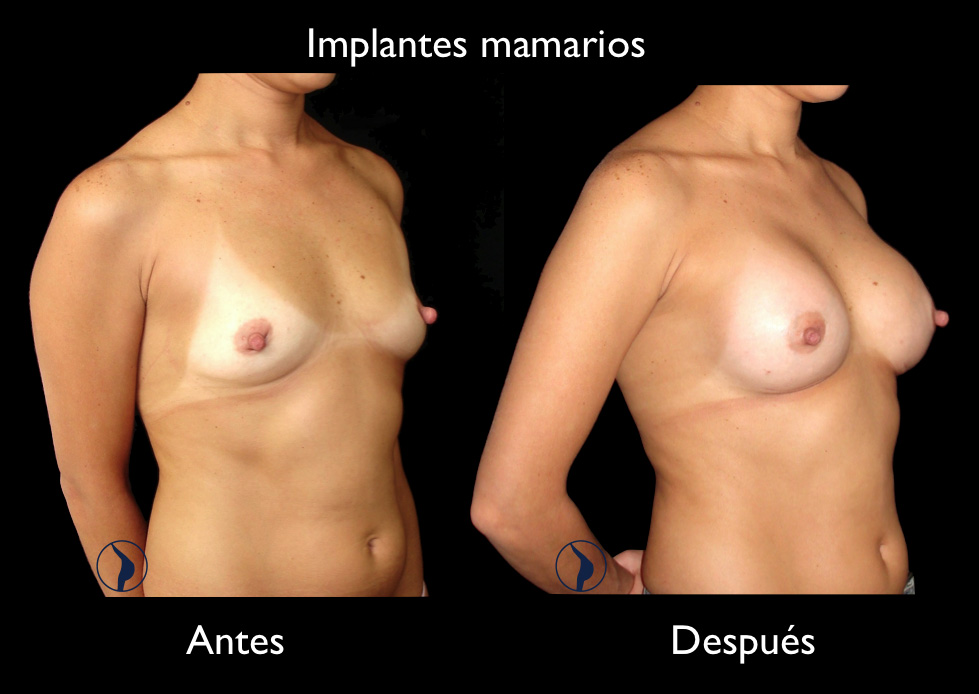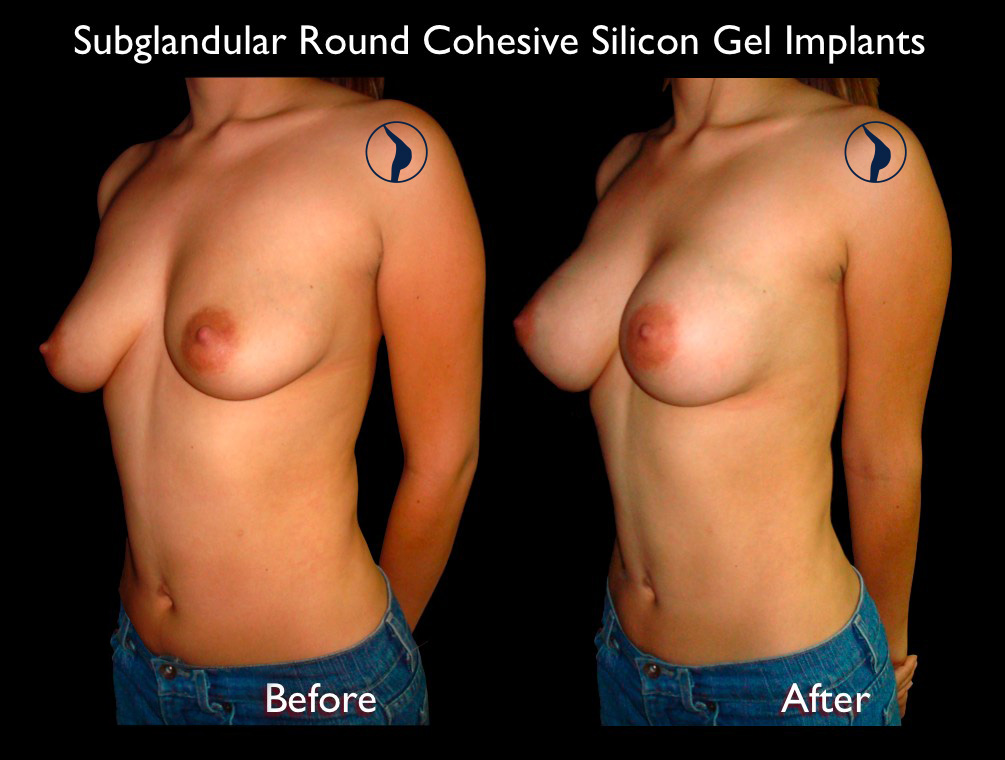Breast Lifting
Breast lift, called mastopexy too, mammary pexy is a surgery used to grant firmness and relocate the mammary volume in a higher position and with a more pleasant appearance, after they are descended from their original place and / or lost their young shape due to changes like atrophy of the mammary volume after pregnancy and breast feeding, where there was a important elevation of volume and a subsequent loss Breast lift is a very common surgery, and patients arrive by themselves to achieve it or in combination with belly surgery or liposuction. The ideal position of the mammary implant is located between the sub sulcus or groove and the collarbone, with the nipple and areola over the sub sulcus or groove.
When we find out that the areola and nipple have descended and they are placed under the sub groove, we can formally talk about breast fall of the same after breast feeding; important decrease of body weight and loss of elasticity of skin due to age. It is frequent to be conducted too in patients who want to withdraw the breast implants permanently, or that there was very big implants time before and now they want a small size of implant.
Breast lift is a very common surgery, and patients arrive by them selves to achieve it or in combination with belly surgery or liposuction. The ideal position of the mammary implant is located between the sub sulcus or groove and the collarbone, with the nipple and areola over the sub sulcus or groove.
When we find out that the areola and nipple have descended and they are placed under the sub groove, we can formally talk about breast fall.
To achieve the lift, skin cuts are necessary in the breast, which can vary from a circular scar around the areola only, to an anchor-shaped scar, depending on what needs to be corrected: Here the importance of preoperative diagnosis.
Since surgery is a definitive treatment, it is necessary to establish a diagnosis before operating; in the case of breast lift, the diagnosis includes 2 components:
- The physical examination will give the aesthetic analysis of the breast (the degree of sagging and position of the areola and nipple complex), we have 3 degrees of breast sagging and a preliminary stage to sagging.
- The The patient’s «dissatisfaction diagnosis»» i.e., what she does not like about her breasts and what result does she seek?
Breast lift surgery involves 3 objectives or key points:
1. Place the complex areola-nipple in its ideal position, which will be repositioned according to the sulcus and clavicle; this step requires a scar around the areola.
2. Give a firmer and more rounded appearance to the gland,, by reducing the width of its base; if this step is required, in addition to the circumareolar scar, a vertical scar from the areolar to the sulcus, in the midline of the breast.
3. Correct the bulging or sagging appearance of the lower poles; if this step is required in addition to the above, a scar in the submammary sulcus is required, thus completing the anchor shape.
Taking into account the above and knowing the 2 components of the patient’s diagnosis, the treatment proposal is immediate and guarantees the result that the patient is looking for. The first-time consultation is very important since the diagnosis is established in its 2 components and the proposal of the most convenient type of lift is discussed,wheter or not the need to place a breast implant or fat graft, or if it is necessary to reduce breast volume.
To perform this surgery, besides requiring experience, skill and ability on the part of the surgeon, it is essential the diagnosis and pre-opartory communication with the patient, since unfortunately the correction of previous breast lifts is a reason why first time patients come to us for consultation.
This is due to intrusion by unqualified «operators» such as gynecologists, oncologists, general surgeons or estheticians.
How long does a breast lift take approximately?
About 1.5 to 3 hours depending on the complexity of the steps to be performed, whether breast implants are required or not.
Where is it performed and what type of anesthesia is required?
It is performed in a hospital or clinic, on an outpatient basis. The most common anesthesia is regional block, followed by general anesthesia. The final decision is made by the anesthesiologist.
How is the recovery and how long does it take?
The recovery is very subtle when it comes to pain. If drains are required, they are removed in 2 to 3 days. The sutures used are absorbable. You will be able to return to your activities between the 5th and 7th day according to the type of work activity you do. The final result will take approximately 6 weeks.










